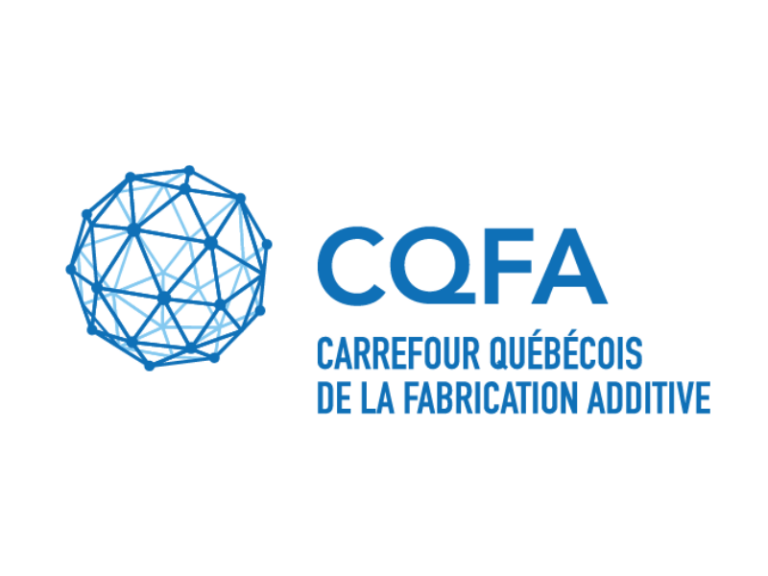
2023/02/16
D-optimal design of experiments applied to 3D high-performance concrete printing mix design
Sergis, V.; M. Ouellet-Plamondon, C. (2022). D-optimal design of experiments applied to 3D high-performance concrete printing mix design. Materials & Design 218 (2022) 110681.
The development of 3D printable cement-based materials is a complex process with a variety of competing objectives. The compositions formed are far more complex than in conventional concrete, increasing the difficulty in designing mixtures for 3D concrete printing. As the number of materials in mix design increases, the workload increases exponentially during the development process. In this study, the D-optimal experimental design method is employed to reduce the number of experiments while providing statistically grounded designs with high-quality results. The proposed D-optimal design includes 18 mixes that investigate three level-six factors. High-performance cementitious printing mortar was selected for future applications of new thinner structures with less massive concrete. In total, three types of cement, three types of sand and five admixtures are investigated, including superplasticizers. The factors are the cement, sand, and superplasticizer type, the water-binder and sand-binder ratio, and the use of a viscosity modifying agent or C-S-H seed admixture. Calorimetry tests were conducted along with the direct shear test, the flow test and the compressive strength test. Results indicated that a D-optimal mix design can reduce the required workload while assessing the importance of each factor and level included in a mix design with high complexity.